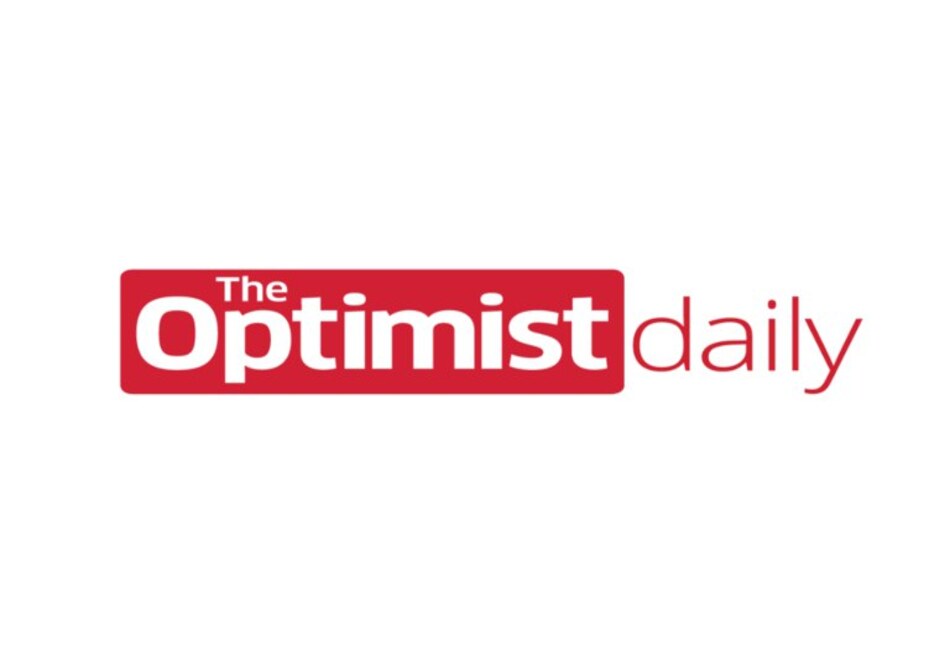One Saturday in mid-April, a group of Orthodox Jewish leaders held a conference call with a Minnesota doctor as they grappled with spiking coronavirus cases in their New York area communities. Dr. Michael Joyner of the Mayo Clinic is leading a nationwide study on the use of blood plasma to treat patients with severe COVID-19. On the call that afternoon, he told the religious leaders he needed something for his research: more blood from people who have survived the virus.
“Do what you can,” Joyner said, according to Yehudah Kaszirer of Lakewood, New Jersey, one of the rabbis on the call. About 36 hours later, Kaszirer boarded a private jet with roughly 1,000 vials of blood stored in coolers. It had been drawn from members of the community through a blood drive organized with military-like speed.
“It felt like being on a godly mission,” Kaszirer said. And, as it turned out, a very successful one. Roughly 60 percent of the plasma samples were found to contain antibodies. Since that overnight flight, Orthodox Jews in Kaszirer’s community and others across the country have provided an extraordinary quantity of antibody-rich plasma for the U.S. government-supported COVID-19 expanded access program, accounting for roughly half of the supply used to treat 34,000 people, Joyner said.
The Orthodox Jewish community was hit hard by the virus early on, partially because many community members had flouted social distancing guidelines, according to Dr. Israel Zyskind, a pediatrician in a Brooklyn neighborhood with a high concentration of Hasidic Jews. He said the virus spread rapidly during the Purim holiday in early March.
Other factors also likely contributed to the rapid spread of the virus within Orthodox communities in the Northeast. In places like Borough Park in Brooklyn, Zyskind said, many families have six to eight children and live in small apartments in tightly-packed buildings. The communities are insular and some tend to maintain an old-world way of life. Many families still live without televisions or computers.
But once the full scale of the crisis became clear, his community and others got the chance to turn the high infection rates into something positive. “Because we were ravaged by COVID so early on, we recognized that we had the opportunity to give back to the scientific community and to our fellow brothers who are suffering,” Zyskind said.











